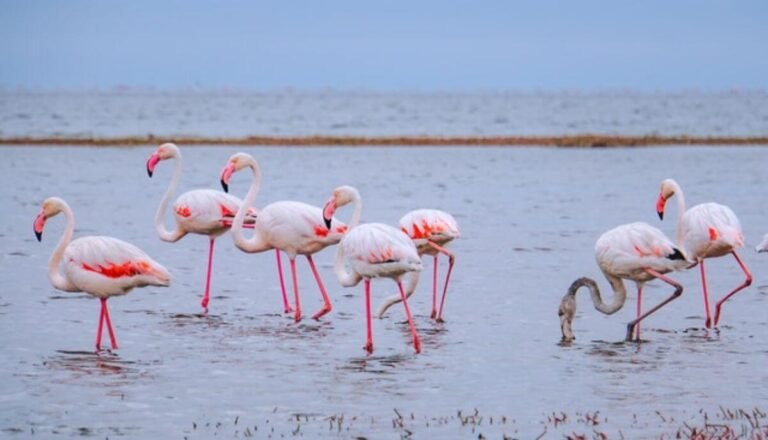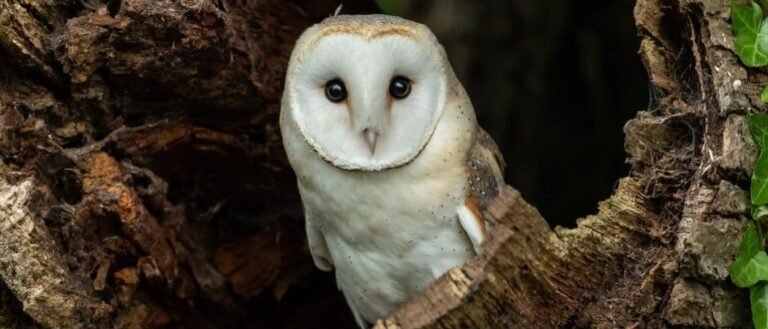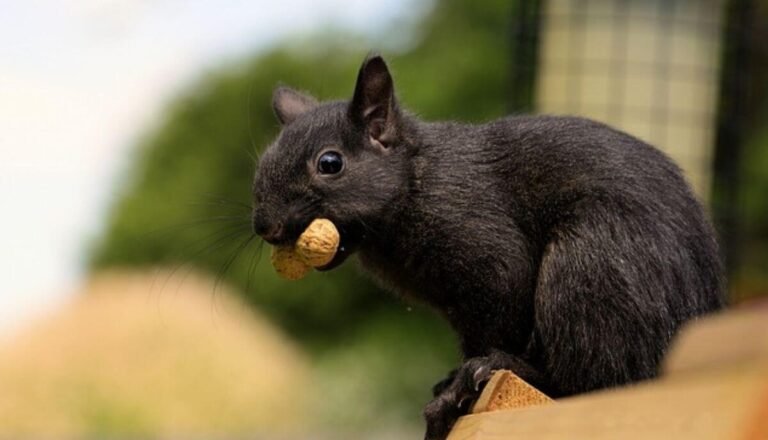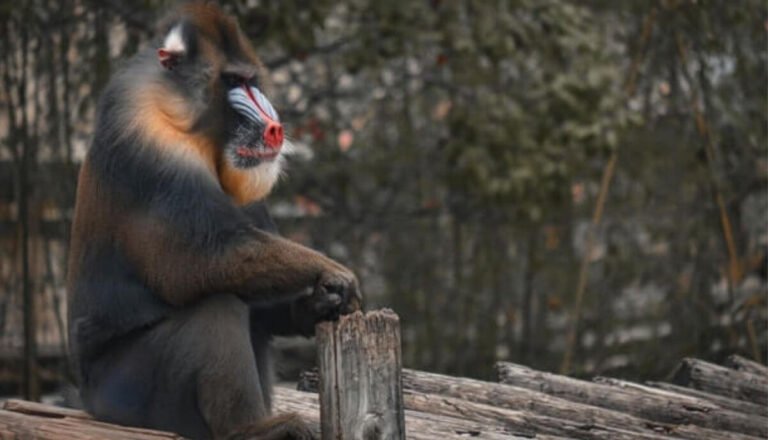All About Reptiles
Reptiles are a class of animals that includes turtles, lizards, snakes, crocodilians, and amphisbaenians. They are ectothermic, meaning they rely on external sources of heat to regulate their body temperature. Reptiles are found in every continent except Antarctica.
The majority of reptiles lay eggs, but some give birth to live young.
Reptiles have been around for a long time – the first ones appeared about 300 million years ago! Today, there are about 10,000 species of reptiles.
They come in all sorts of shapes and sizes, from the tiny gecko to the massive Komodo dragon. Reptiles can be both dangerous and beneficial to humans. Some people keep them as pets, while others view them with fear or disgust.
Reptiles are a group of animals that includes turtles, snakes, alligators, lizards and Crocodilians. They are tetrapods, meaning they have four limbs. Reptiles are ectothermic animals, which means they rely on external sources of heat to regulate their body temperature.
Most reptiles are oviparous, meaning they lay eggs.
There are more than 10,000 species of reptiles! Reptiles can be found all over the world in a variety of habitats including forests, deserts and even the Arctic Circle!
Most reptiles are carnivorous animals that eat insects, small mammals or other reptiles. Some larger species of reptiles such as crocodiles and Komodo dragons can even take down large prey items such as deer and pigs!
Reptiles have been around for a long time – fossil evidence suggests they first appeared on Earth more than 300 million years ago!
These ancient creatures were much different from the reptiles we see today though – many were gigantic in size with some reaching lengths of up to 40 feet!
While most people think of snakes when they think of reptiles, there is actually a great diversity among this group of animals. Snakes come in all shapes and sizes from the tiny thread snake which is less than 10 inches long to the enormous anaconda which can reach lengths of up to 30 feet!
Lizards also come in a wide range ranging from the nearly 5 foot long monitor lizard to the tiny gecko which is less than 6 inches in length. And then there are turtles which vary greatly in size depending on the species – some turtles like the leatherback sea turtle can weigh over 2200 pounds while others like the speckled padloper tortoise only weigh around 4 ounces!
20 Example of Reptiles
There are many different types of reptiles, but here are 20 examples to help you get started in learning about these amazing creatures!
1. Alligator – A large reptile that lives in fresh water and has a long, powerful tail and jaws lined with sharp teeth.
2. Anaconda – A huge snake found in South America that coils itself around its prey and squeezes it to death before swallowing it whole.
3. Chameleon – A small lizard that can change the color of its skin to match its surroundings as a form of camouflage.
4. Crocodile – Another large reptile that lives in fresh water and has a long snout lined with sharp teeth. saltwater crocodiles are the largest of all living reptiles!
5. Gila Monster – A venomous lizard found in the southwestern United States and Mexico that has a brightly-colored body covered in patterns of black, pink, and orange scales.
6. Iguana – A large lizard native to Central and South America that is often kept as a pet due to its docile nature. Green iguanas are the most common type of iguana kept as pets.
7. Komodo Dragon – The largest living species of lizard, which can grow up to 10 feet (3 meters) long! These lizards are found on the Indonesian island of Komodo and several nearby islands.
8. Leopard Gecko – A small gecko with leopard-like spots on its body that is commonly kept as a pet due to its friendly nature and easy-to-care-for habitat requirements.
.9 Skink – A type of small Lizard found all over the world except for Antarctica..10
Snapping Turtle – A freshwater turtle with a long neck and powerful jaws lined with sharp teeth capable of giving a painful bite..11 Softshell Turtle -A turtle with a soft shell rather than a hard one like other turtles.
.12 Tortoise -A land-dwelling turtle whose legs are adapted for walking rather than swimming..13 Tuatara -A rare reptile endemic to New Zealand that resembles both Lizards and crocodiles..14 Viper -A venomous snake characterized by long fangs located at the front of their mouths which they use to inject venom into their prey..15 Watersnake -A type of nonvenomous snake typically found near bodies of water such as lakes, rivers, or swamps..16 Worm Lizard -Also known as amphisbaenians, these legless lizards resemble snakes but are actually more closely related to other lizards..17 Xenosaurus -A genus of aquatic lizards native to Mexico which have webbed feet for swimming through water..18 Yellowbelly Sea Snake -Oneof the most widespread sea snakes, this yellow-bellied creature is often mistaken for an eel due to its slender body shape..19 Zebra Tailed Lizard -A striped lizard found in desert regions of southwest North America whose tail is used as camouflage when running away from predators by blending in with tall grasses swaying in the wind..20
Reptiles Vs Amphibians
There are many differences between reptiles and amphibians. Reptiles are ectothermic, meaning they rely on the environment to regulate their body temperature. Amphibians are mostly amphibious, which means they can live both in water and on land, although a few species are fully aquatic.
Reptiles have dry scales that protect them from predators and the environment. Amphibians have moist skin that must stay wet or they will dehydrate and die. Most reptiles lay eggs with hard shells, but some give birth to live young.
All amphibians begin their lives as tadpoles in water and then transform into adults that live on land. Here are some more specific differences:
Reptiles:
-Ectothermic (“cold-blooded”)
-Dry skin covered in scales
-Lays eggs with hard shells (some give birth to live young)
-Heart is three chambered
-Respiration through lungs
-Body temp changes with the environment
Examples: snakes, lizards, turtles, crocodilians
Amphibians:
-Mostly amphibious (a few species are fully aquatic)
-Moist skin (must stay wet or they will dehydrate and die)
-Begins life as a tadpole in water then transforms into an adult that lives on land
-Heart is two chambered
-Respiration through lungs AND skin
-Body temp changes with the environment
Reptiles for Kids
Reptiles are a great option for kids who are looking for a new pet. They are low maintenance, and can be very interesting to watch. Here are a few things to consider before you bring home your new reptile friend:
Housing: Most reptiles will need an enclosure that is at least twice the size of their full grown size. This is because they like to move around and explore, and you don’t want them to feel cramped. Be sure to include hiding places and perches in their housing, as well as a water dish.
Temperature: Reptiles are cold-blooded, so they rely on their environment to regulate their body temperature. You will need to provide a warm side and a cool side in their enclosure, using a heat lamp or other heating element.
Diet: Reptiles generally eat insects or small mammals.
Some species of reptiles are carnivores, while others are omnivores. Be sure to research what your particular reptile needs to eat before you bring them home.
With proper care, reptiles can make great pets for kids of all ages!
Where Do Reptiles Live
Reptiles are a class of animals that includes snakes, turtles, crocodiles, alligators, lizards, and Komodo dragons. They are ectothermic (“cold-blooded”), meaning they rely on the environment to regulate their body temperature. Most reptiles live in warm climates near the Earth’s equator because they need sunlight to help them thermoregulate.
Reptiles are found on every continent except Antarctica. The majority of reptiles live in the tropics, which is home to the world’s largest diversity of reptile species. Central and South America have the highest reptile diversity, followed by Africa and Australia.
North America has the least reptile diversity of any continent.
There are several reasons why reptiles are more diverse in tropical regions than in temperate regions. For one, there is more land area in the tropics than in temperate zones.
The tropics also have a wider range of habitats—from rainforests to deserts—which provides more opportunities for specialization among reptile species. Additionally, the warmer climate of the tropics means that reptiles can be active year-round and do not have to hibernate like many temperate-zone reptiles do. Finally, competition from other vertebrate groups is lower in tropical regions than in cooler parts of the world; thus, there is less pressure on reptiles to evolve into new niches occupied by other vertebrates such as mammals or birds.
Are Frogs Reptiles
Yes, frogs are reptiles. They are amphibians, which means they can live on land or in water, but they are cold-blooded like other reptiles. Frogs breathe through their skin and have a three-chambered heart.

Credit: www.nationalgeographic.com
What are 3 Facts About Reptiles?
There are more than 7,000 species of reptiles! They can be found on every continent except for Antarctica. Reptiles are Cold-blooded animals, which means that their internal temperature depends on the temperature of their environment.
What are 10 Characteristics of Reptiles?
Reptiles are a class of animals that includes snakes, lizards, turtles, crocodilians and amphisbaenians. They are ectothermic (“cold-blooded”), meaning that their internal temperature varies with the temperature of their surroundings. Reptiles have dry, scaly skin and most lay eggs.
Here are 10 characteristics of reptiles:
1. Ectothermic: Reptiles are “cold-blooded” animals, meaning that their internal body temperature depends on the temperature of their environment. They basking in the sun to warm up or find a cool place to cool down.
2. Dry Skin: Reptiles have dry, scaly skin that helps them regulate their body temperature and prevent water loss. The scales also provide protection from predators and parasites.
3. Most Lay Eggs: Unlike mammals, which give birth to live young, most reptiles lay eggs.
The eggs are usually protected by a hard shell and may be laid on land or in water.
4. Slow Metabolism: Reptiles have a slow metabolism, meaning they need less food than other animals of similar size. This is an adaptation to living in environments with limited resources such as deserts or rainforests.
5 . Good Vision: Many reptiles have good vision and can see color well. This is an advantage for hunting prey or avoiding predators .
Some species , such as pit vipers , can even see infrared light , allowing them to detect warm-bodied prey in complete darkness .
6 . Nighttime hunters : Some reptiles are nocturnal , meaning they are active at night .
This adaptation allows them to avoid the heat of the day and compete less with other daytime hunters .
7 . Excellent sense of smell : Snakes , in particular , have an excellent sense of smell thanks to their forked tongues , which collect particles from the air and transfer them to the Jacobson’s organ in the snake’s mouth . This allows snakes to “taste” smells and track down prey or potential mates over long distances .
8 . Poisonous creatures : While not all reptiles are poisonous , some species do produce venom that they use for self-defense or hunting prey .
What are the 4 Main Types of Reptiles?
There are four main types of reptiles: turtles, lizards, snakes, and alligators/crocodiles. Each type is unique in its own way, but all reptiles share some common characteristics. For example, all reptiles are cold-blooded (meaning their body temperature depends on the environment around them) and have dry skin covered in scales or plates.
Turtles are perhaps the most easily recognizable reptiles. They have a hard shell that protects their bodies from predators and the elements. Turtles can be further divided into two groups: those with soft shells and those with hard shells.
Soft-shell turtles have flexible shells that allow them to move more easily through water, while hard-shell turtles have rigid shells that offer more protection but make land travel more difficult.
Lizards are another popular type of reptile. Like turtles, they come in a variety of shapes and sizes.
Some lizards can even change color to help them blend in with their surroundings! Lizards are generally good climbers thanks to their long tails and sharp claws. Many lizards also have the ability to detach part of their tail if it gets caught by a predator – the tail will eventually grow back over time.
Snakes are probably the least favorite reptile for many people! These slithering creatures can range in size from just a few inches to over 30 feet long! Snakes use their long bodies and sharp teeth to help them catch prey – they often lie in wait before striking at their victim.
Most snakes are venomous, meaning they can inject poison into their prey (or potential predators) through hollow fangs located at the front of their mouths. Venomous snakes should always be treated with caution and respect.
Alligators and crocodiles round out the list of main reptile types.
These large aquatic animals are similar in many ways, but there are some key differences between them as well. Alligators tend to be darker in coloration than crocodiles and have shorter snouts; crocodiles typically have longer snouts lined with sharp teeth (perfect for tearing flesh!). Both alligators and crocodiles can pose a danger to humans if provoked – it’s best to admire these creatures from afar!
Do All Reptiles Have 4 Legs?
No, not all reptiles have four legs. In fact, there are many snakes that do not have any legs at all! Some lizards also lack legs, or have only two instead of four.
There are even a few species of reptile that have more than four legs – the greatest number ever recorded is eight! So why is it that some reptiles have so many fewer legs than others?
The answer may lie in the way that these animals move.
Snakes, for example, primarily use their muscles to push themselves forwards through coils. This type of movement would be very difficult to achieve with four legs, and so it seems that having fewer limbs has helped these creatures to evolve in this way. Similarly, legless lizards are often found in burrows or other tight spaces where having no limbs makes it easier to maneuver around.
There are also some advantages to having more than four legs. These extra appendages can help an animal to move faster, or to climb better. In some cases, they may even be used as weapons!
So while not all reptiles have four legs, this does not mean that those who don’t are somehow less evolved – they have simply adapted to their environments in different ways.
All About Reptiles: What Makes it a Reptile? – FreeSchool
Conclusion
Reptiles are a group of animals that includes turtles, lizards, snakes, alligators, and crocodiles. They are cold-blooded creatures that have scaly skin and lay eggs. Reptiles are found all over the world and some can be quite dangerous to humans.

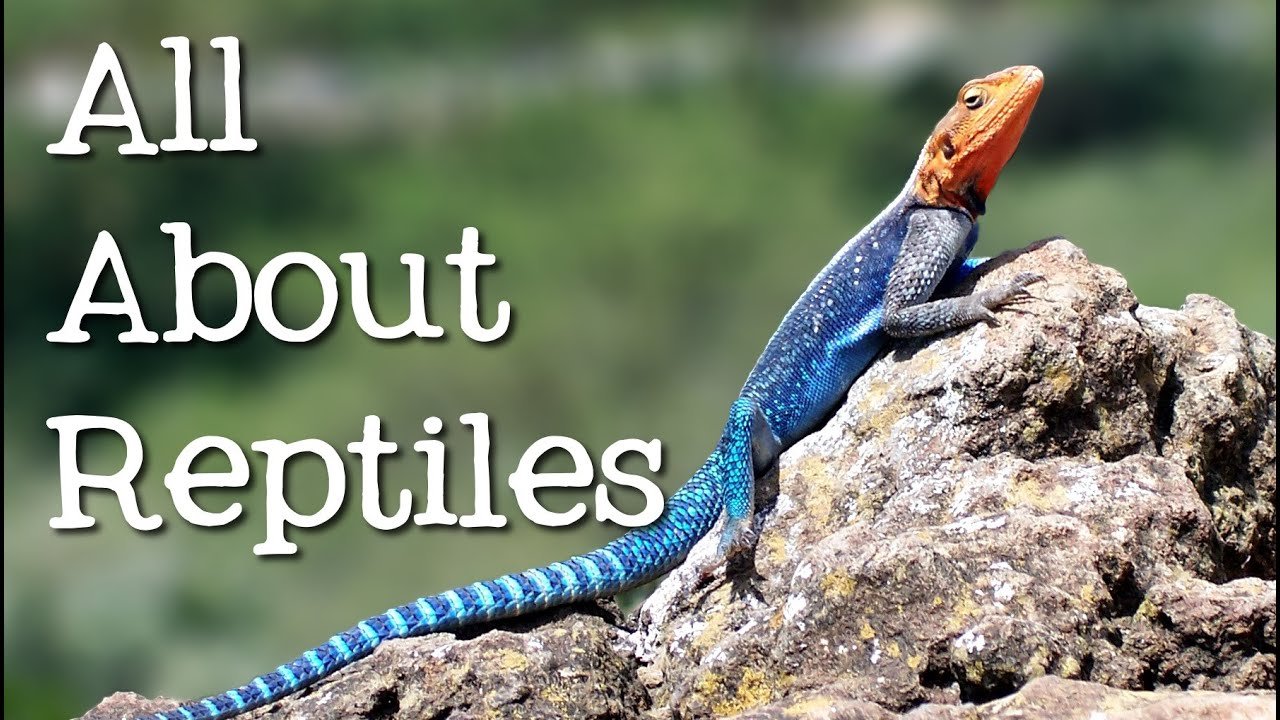
![Can You Eat Owl? [No! Here’S Why]](https://proanimalguide.com/wp-content/uploads/2022/12/87c35e1318d0496e8de85ad361317aac-768x512.jpg)
